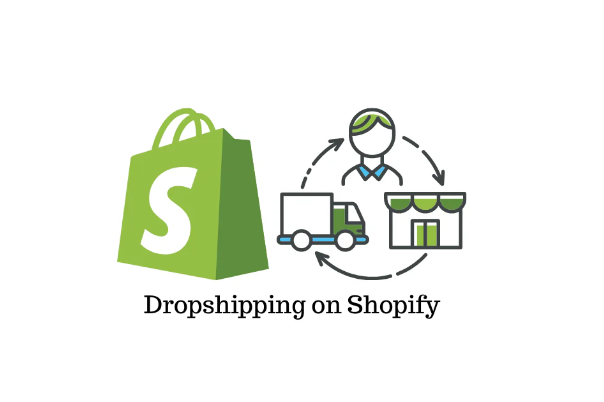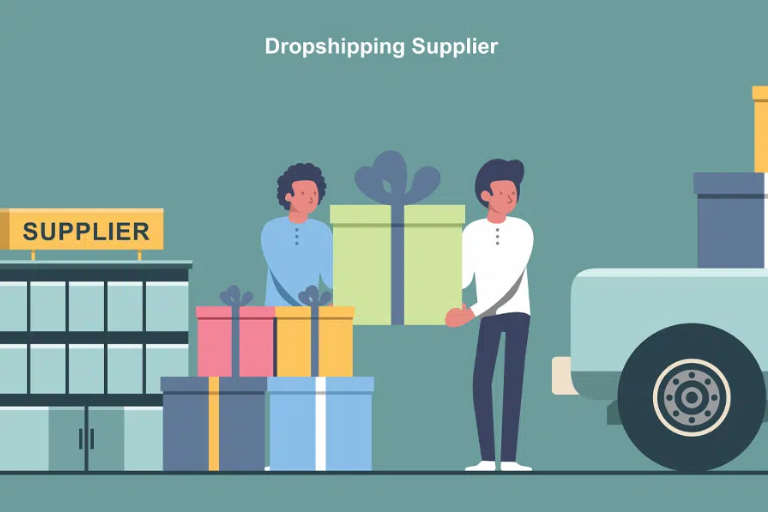Dropshipping has emerged as a popular e-commerce business model, allowing entrepreneurs to sell products without holding inventory. Shopify, a leading e-commerce platform, offers robust tools and integrations for dropshipping, making it easier for businesses to start and scale. This article will explore how to effectively leverage Shopify's dropshipping services for your online business.
Understanding Dropshipping
What is Dropshipping?
Dropshipping is a retail fulfillment method where a store does not keep the products it sells in stock. Instead, when a store sells a product, it purchases the item from a third party and has it shipped directly to the customer. This model allows businesses to operate without the complexities of managing inventory or handling shipping logistics.
Benefits of Dropshipping
Low Startup Costs: Entrepreneurs can start a dropshipping business with minimal upfront investment since there is no need to purchase inventory in advance.
Flexibility and Scalability: The dropshipping model allows businesses to adapt quickly to market trends and scale operations without the burden of excess inventory.
Wide Product Selection: Shopify enables sellers to access a vast array of products from various suppliers, allowing them to diversify their offerings easily.
Automated Processes: Many dropshipping apps automate order processing and inventory management, freeing up time for business owners to focus on marketing and customer service.
Setting Up Your Shopify Store for Dropshipping
Step 1: Create Your Shopify Account
To begin your dropshipping journey, sign up for a Shopify account. You can start with a free trial, which allows you to explore the platform's features before committing financially. During this process, you will set up essential store elements such as your homepage, product pages, and navigation menu.
Step 2: Choose a Niche
Selecting a niche is crucial for your dropshipping business's success. Research potential markets and choose one that aligns with your interests and has sufficient demand but low competition. Tools like Google Trends can help you identify trending products and consumer interests.
Step 3: Select Reliable Suppliers
Choosing reputable suppliers is vital in the dropshipping model. Look for suppliers that offer quality products, reliable shipping times, and good customer service. Popular platforms like AliExpress, Oberlo, and Spocket provide access to numerous suppliers that integrate seamlessly with Shopify.

Step 4: Install Dropshipping Apps
Integrate dropshipping apps into your Shopify store to streamline operations. These apps help automate product imports, order processing, and inventory management.
Step 5: Customize Your Store Design
Shopify provides various professionally designed themes that can be customized to match your brand identity. Focus on creating an appealing storefront that enhances user experience by including high-quality images, clear product descriptions, and easy navigation.
Marketing Your Dropshipping Business
Step 6: Develop a Marketing Strategy
A well-defined marketing strategy is essential for attracting customers to your Shopify store. Consider utilizing:
Social Media Marketing: Platforms like Instagram and Facebook are effective for promoting products through engaging content.
Email Marketing: Build an email list to inform subscribers about new products, promotions, and updates.
Search Engine Optimization (SEO): Optimize your product descriptions and blog content to improve visibility in search engine results.
Step 7: Utilize Paid Advertising
Investing in paid advertising can significantly boost traffic to your store. Platforms like Google Ads and Facebook Ads allow you to target specific demographics based on interests and behaviors. Experiment with different ad formats such as carousel ads or video ads to see what resonates best with your audience.

Shopify Dropshipping Wholesalers
Managing Your Dropshipping Operations
Step 8: Monitor Performance Metrics
Regularly analyze key performance indicators (KPIs) such as conversion rates, average order value, and customer acquisition costs. Use tools like Google Analytics or Shopify's built-in analytics dashboard to gain insights into your store's performance.
Step 9: Provide Excellent Customer Service
Customer satisfaction is paramount in e-commerce. Ensure prompt responses to customer inquiries and provide clear information regarding shipping times and return policies. Consider using customer service tools integrated with Shopify to manage support tickets effectively.
Scaling Your Dropshipping Business
Step 10: Expand Your Product Range
As your business grows, consider expanding your product range by exploring new niches or categories. Utilize data from sales trends and customer feedback to identify potential new products that align with your brand.
Step 11: Optimize Operations
Continuously refine your operational processes by automating repetitive tasks where possible. This could include automating email responses or using inventory management tools that sync with your suppliers' stock levels.
Conclusion
Leveraging Shopify's dropshipping services can significantly enhance your online business's potential for growth and profitability. By understanding the dropshipping model, setting up an efficient store, implementing effective marketing strategies, managing operations diligently, and scaling thoughtfully, you can build a successful e-commerce venture that meets consumer demands while minimizing risks associated with traditional retail models


